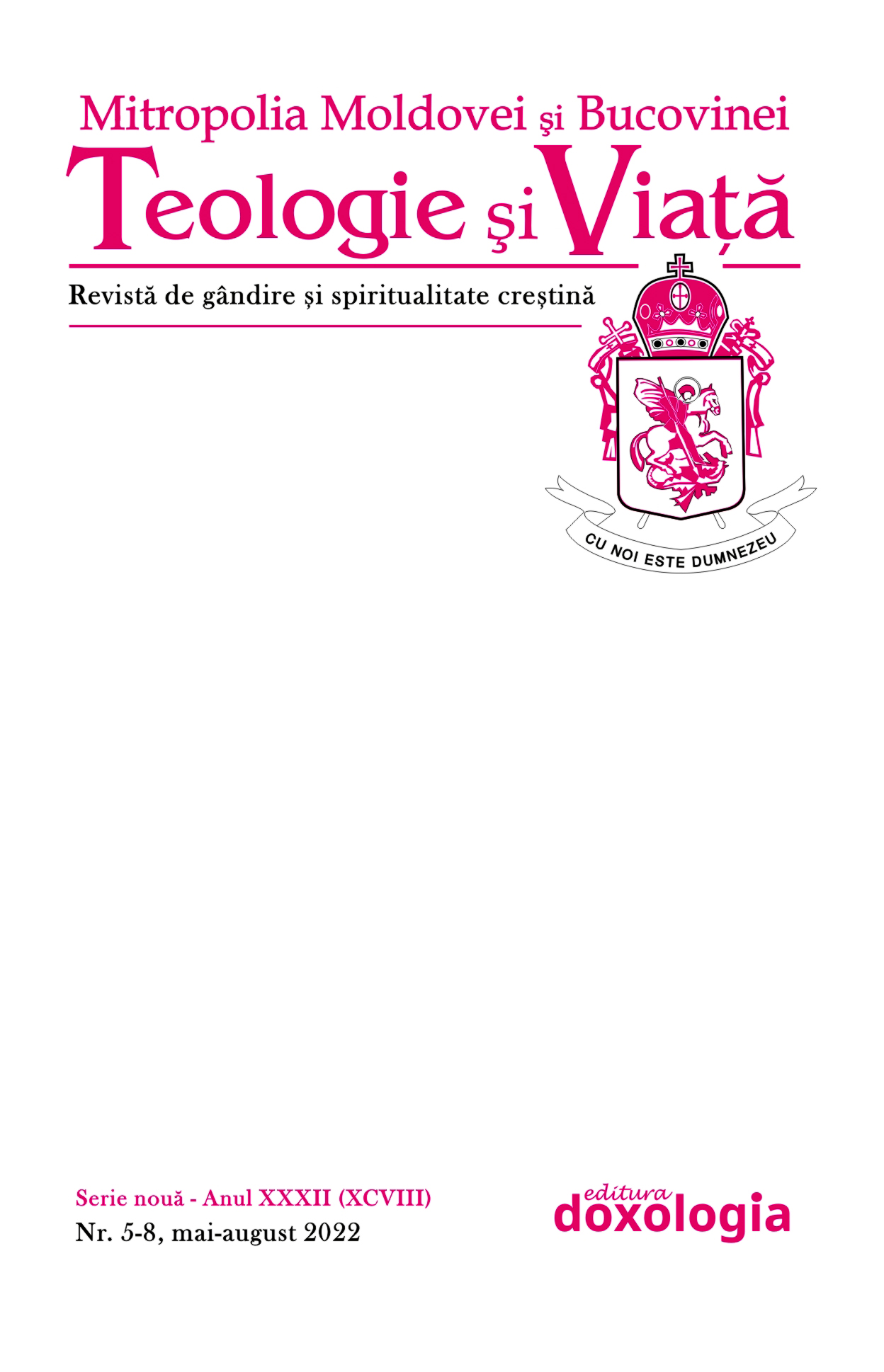CHRIST’S COMPOUND HYPOSTASIS IN THE WRITINGS OF THE SCYTHIAN MONKS
CHRIST’S COMPOUND HYPOSTASIS IN THE WRITINGS OF THE SCYTHIAN MONKS
Author(s): Vasile CristescuSubject(s): Christian Theology and Religion, Theology and Religion, Systematic Theology, Eastern Orthodoxy
Published by: Editura Doxologia
Keywords: hypostasis of the Word; assumed human nature; compound hypostasis; person; nature; natural composite; subsistence;
Summary/Abstract: The expression “compound hypostasis” (synthesis, compositio) has been used in Christological dogma. It refers to the union of the hypostasis of the Son of God and human nature in the person of Christ. Its use occurs before the Fourth Ecumenical Council of Chalcedon as we see in Origen, the Greek priest Malchion, and St. Cyril of Alexandria. The expression was also used by heretics: the Arian bishop Eudoxius of Antioch, Paul of Samosata, and Severus of Antioch and was rejected by many Eastern Fathers and theologians. They were joined by Scythian monks. The contribution of the Scythian monks to the deepening and elucidation of this expression in Christology is remarkable. Based on the doctrinal authority of the Fourth Ecumenical Council and the theology of St. Cyril of Alexandria, the Scythian monks also linked it to their Christo- logical formula “One of the Trinity suffered”, thus affirming its profound meaning concerning the structure of the person of Christ and His saving action. In doing so they also gave a decisive response to the Monophysite and Nestorian heresies.
Journal: Teologie şi Viaţă
- Issue Year: XCVIII/2022
- Issue No: 5-8
- Page Range: 38-53
- Page Count: 16
- Language: English
- Content File-PDF

